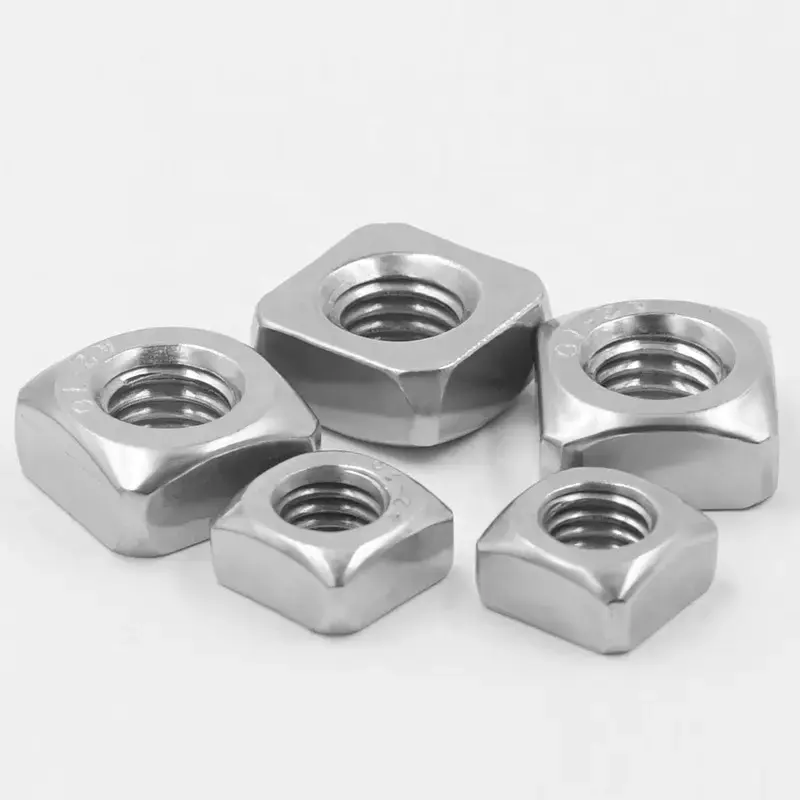

astm f3125 f3125m
Oct . 13, 2024 20:45 Back to list
astm f3125 f3125m
Understanding ASTM F3125/F3125M Standards for High Strength Fasteners
The ASTM F3125/F3125M specification is a crucial standard in the realm of high strength structural fasteners. Developed by ASTM International, it provides essential guidelines for the manufacturing and testing of fasteners used in steel constructions and other engineering applications. The specification primarily addresses fasteners made from specified carbon and alloy steel, which are heat-treated to achieve required mechanical properties. This article delves into the significance, scope, and testing methods associated with ASTM F3125/F3125M.
Understanding ASTM F3125/F3125M Standards for High Strength Fasteners
The specification categorizes high strength fasteners based on their tensile strength levels. Various grades of fasteners, such as ASTM F3125 Grade A325 and A490, indicate different mechanical properties and suitability for specific applications. For instance, A325 bolts are commonly used in steel structures subjected to moderate loads, while A490 bolts are reserved for more demanding scenarios, capable of bearing heavier loads due to their enhanced strength properties. This grading system is paramount as it allows engineers and designers to choose the appropriate fastener for their specific applications, ensuring compliance with safety standards.
astm f3125 f3125m

In terms of material requirements, ASTM F3125/F3125M lays out strict guidelines regarding the chemical composition of the steel used for fasteners. This includes strict limits on elements such as carbon, manganese, phosphorus, and sulfur, among others, that can significantly affect the mechanical properties of the fasteners. The heat treatment processes mandated by the standard are also critical, as they enhance the strength, ductility, and toughness of the fasteners. The combination of these material characteristics ensures that fasteners exhibit optimal performance under various environmental and load conditions.
Testing and quality assurance are key components included in the ASTM F3125/F3125M standard. The specification outlines various tests that fasteners must undergo before they can be considered compliant. Mechanical tests such as tension tests, yield tests, and hardness tests are essential to verify that the fasteners meet the specified performance criteria. Additionally, the standard emphasizes the importance of non-destructive testing methods, such as ultrasonic testing, to identify internal flaws that could compromise the integrity of the fasteners. Ensuring that fasteners pass these rigorous testing standards is essential for preventing structural failures, which can have grave consequences.
Furthermore, the ASTM F3125/F3125M specification recognizes the need for proper certification and traceability of fasteners used in critical applications. Manufacturers are obliged to provide certification that confirms the fasteners’ compliance with the outlined specifications and testing protocols. This traceability serves as a safeguard and gives confidence to engineers and construction professionals regarding the quality and reliability of the fasteners used in their projects.
In conclusion, ASTM F3125/F3125M plays a pivotal role in establishing the standards for high strength structural fasteners. By providing detailed guidelines on material properties, manufacturing processes, testing methods, and certification requirements, this standard ensures the reliability and safety of fasteners used in construction. As structures grow in complexity and demand greater safety measures, adherence to such standards becomes increasingly important in the pursuit of engineered excellence. Understanding and implementing ASTM F3125/F3125M is essential for professionals in engineering and construction, ultimately contributing to safer and more durable infrastructures.
Latest news
-
Hot Dip Galvanized Bolts-About LongZe|High Strength, Corrosion Resistance
NewsJul.30,2025
-
High-Strength Hot Dip Galvanized Bolts - Hebei Longze | Corrosion Resistance, Customization
NewsJul.30,2025
-
Hot Dip Galvanized Bolts-Hebei Longze|Corrosion Resistance&High Strength
NewsJul.30,2025
-
High-Strength Hot-Dip Galvanized Bolts-Hebei Longze|Corrosion Resistance&High Strength
NewsJul.30,2025
-
Hot Dip Galvanized Bolts-Hebei Longze|Corrosion Resistance&High Strength
NewsJul.30,2025
-
Hot Dip Galvanized Bolts - Hebei Longze | Corrosion Resistance, High Strength
NewsJul.30,2025

